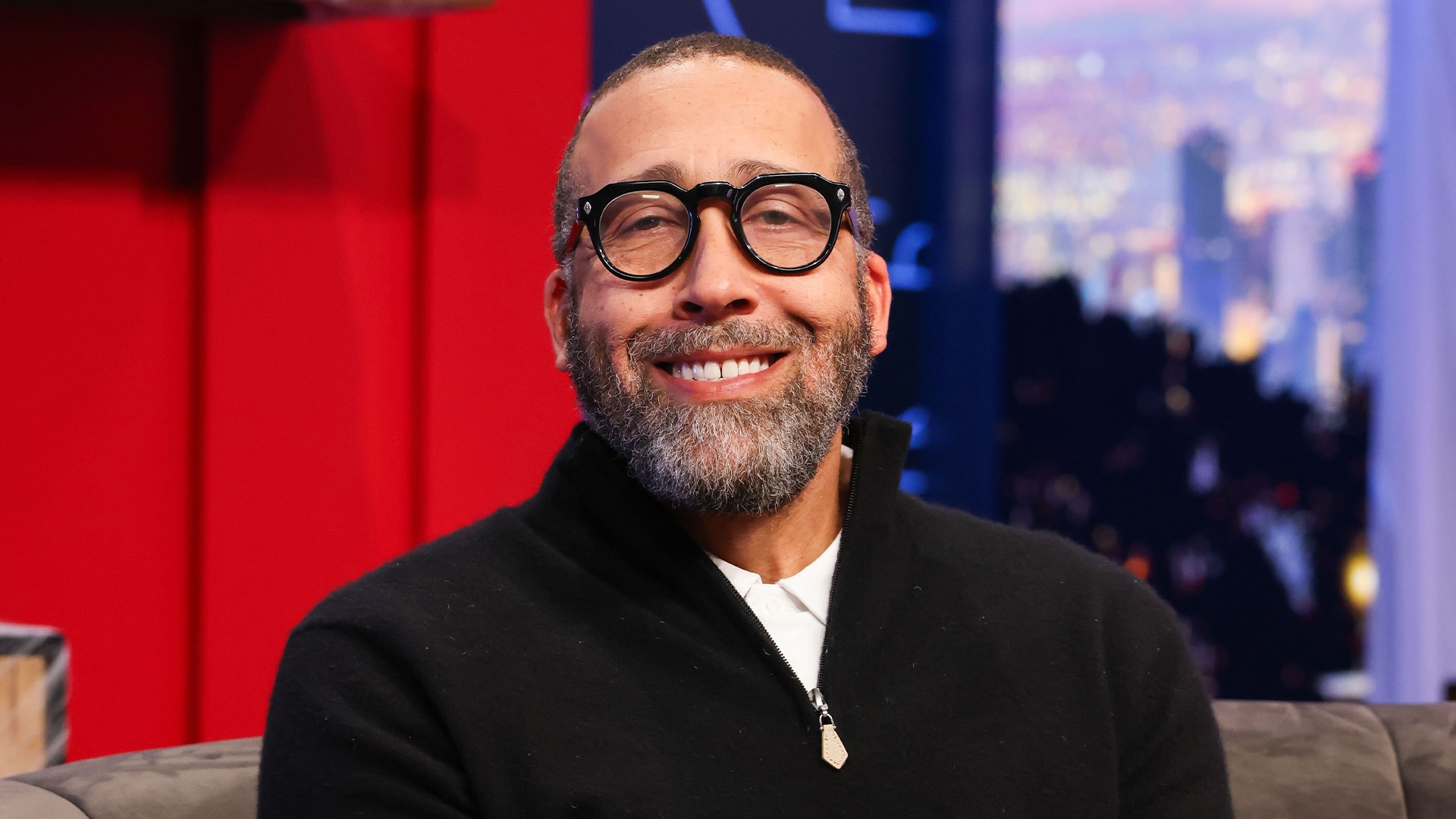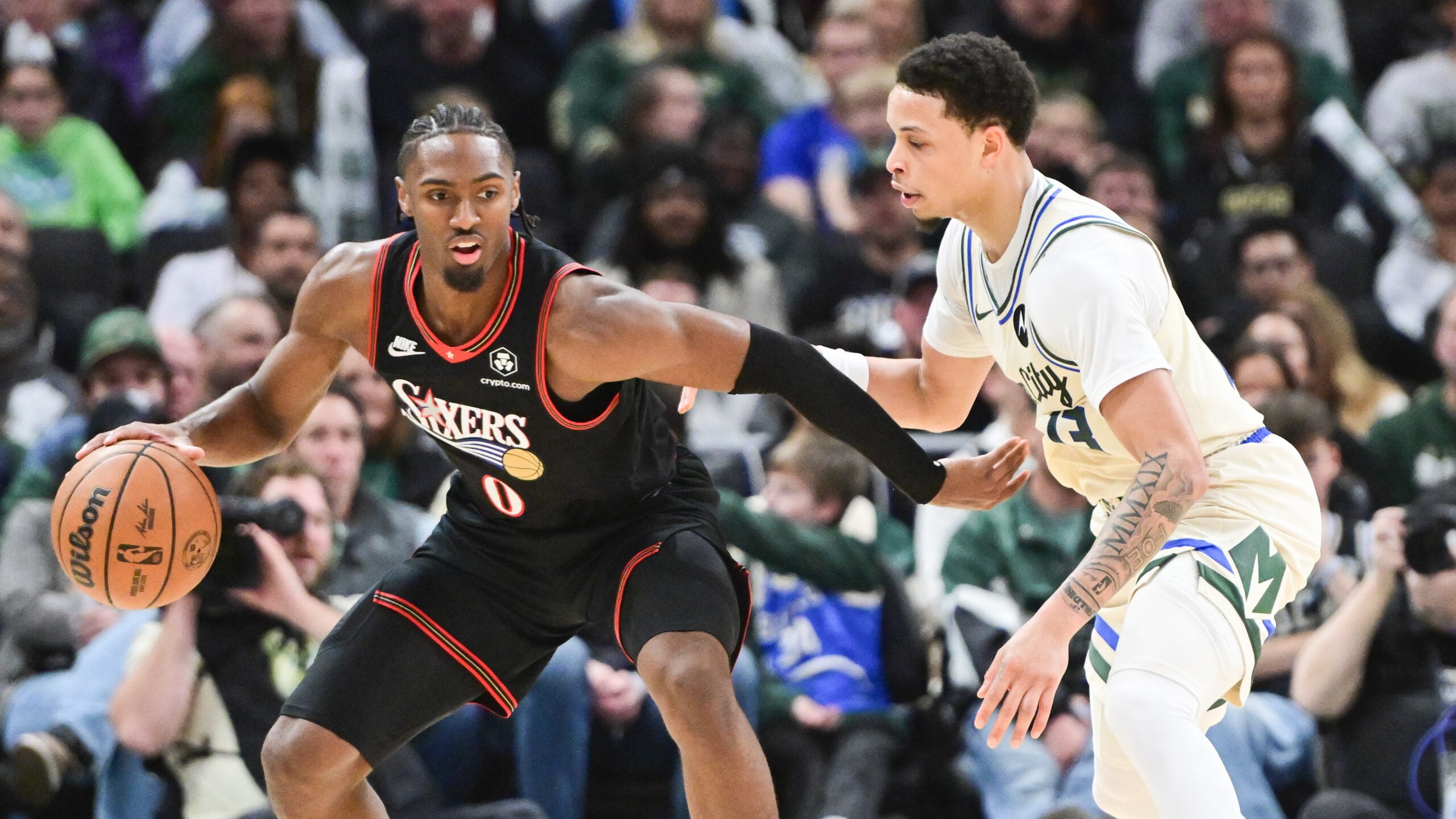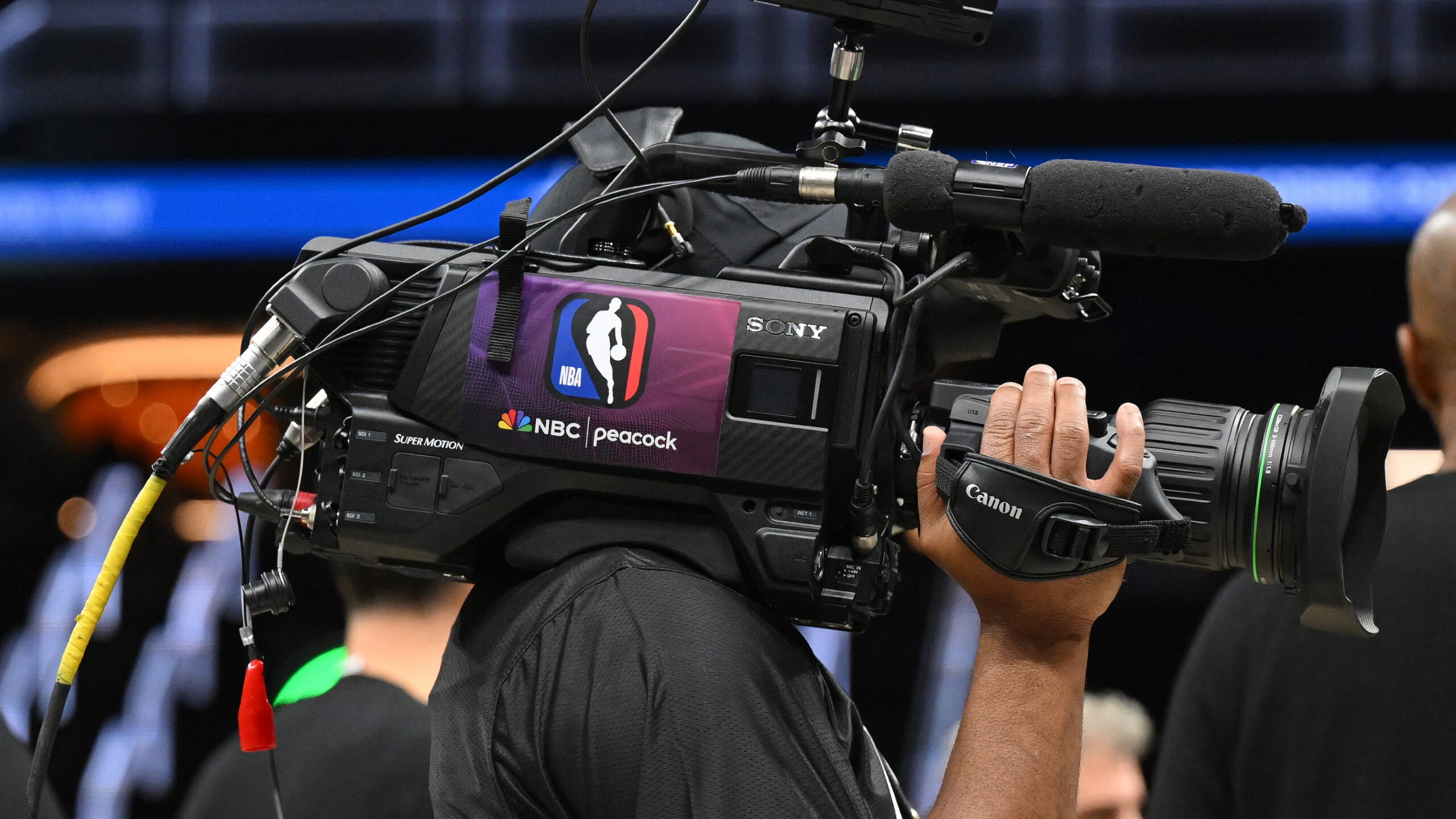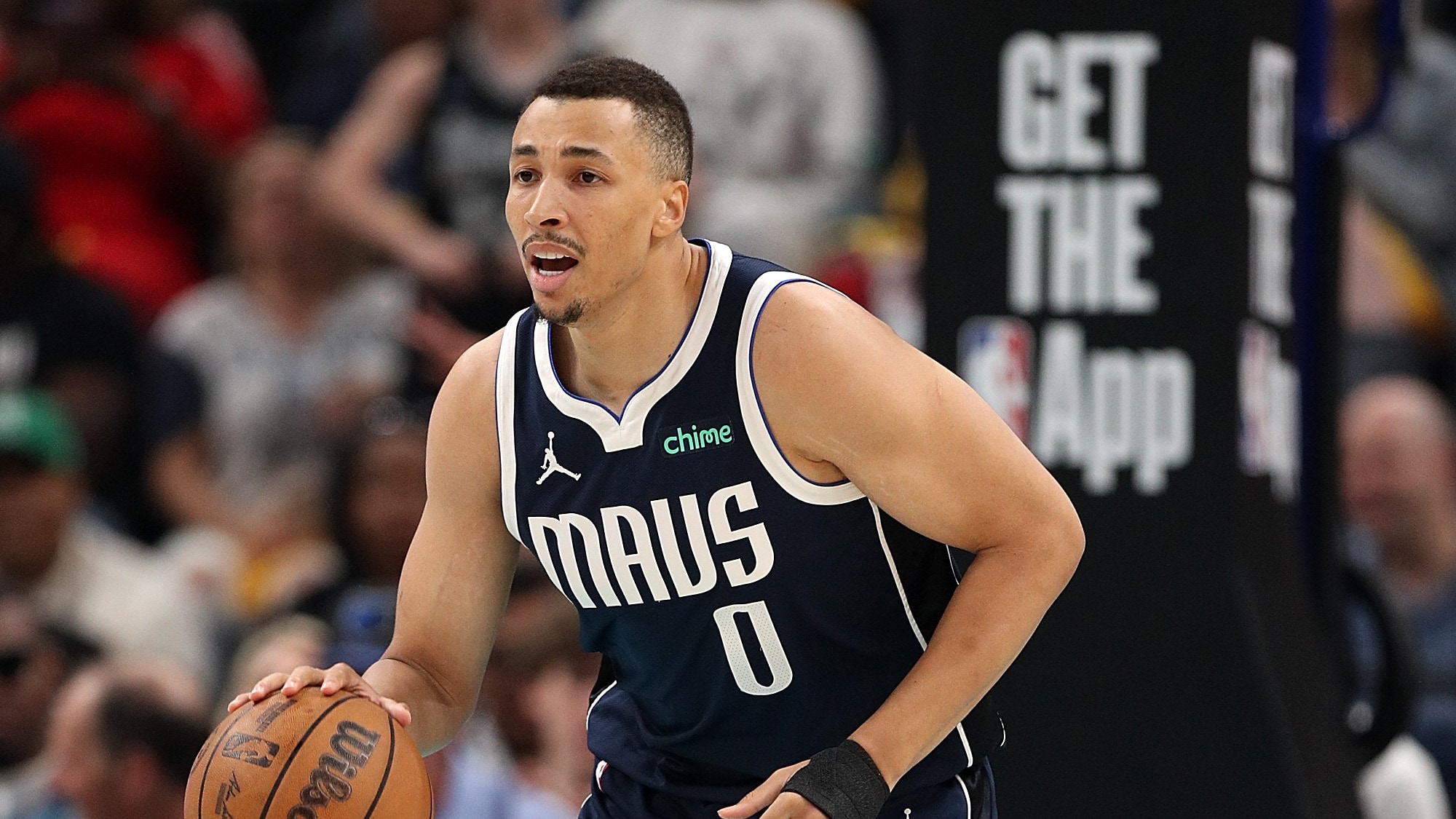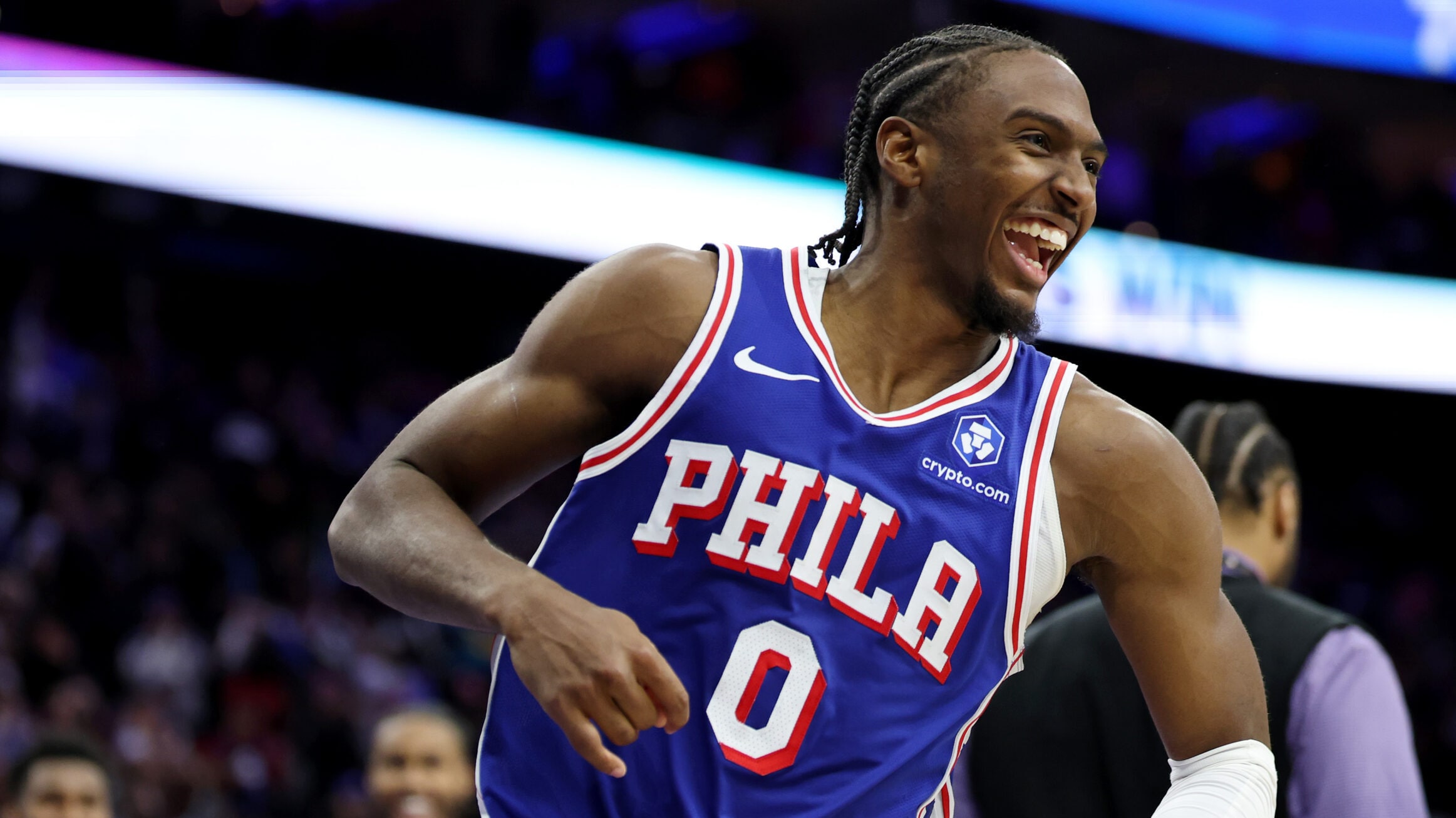Victor Wembanyama was diagnosed with a blood clot in his right shoulder and will miss the remainder of his sophomore campaign.
The news Thursday that San Antonio’s Victor Wembanyama was diagnosed with deep vein thrombosis and will miss the rest of the 2024-25 NBA season sent shock waves through the league and stunned its fans, not to mention the Spurs and the All-Star’s international fanbase.
It also triggered the obvious question: What is deep vein thrombosis?
Here is a breakdown of that condition (DVT), some causes and treatments; we’ve also catalogued some previous instances in which young athletes have been afflicted by it.
What is deep vein thrombosis (DVT)?
DVT happens when a blood clot forms in a deep vein located in the lower leg, thigh, pelvis, or arm, according to WebMD.com. The condition can cause swelling and pain, though sometimes there are no noticeable symptoms at all.
DVT can be serious because the clots can break loose and travel through the bloodstream and attach to the lungs, blocking blood flow in what is called a pulmonary embolism.
How (and when) did Wembanyama learn of this?
The 7-foot-3 Frenchman was diagnosed after returning to San Antonio from All-Star weekend. His treatment requires the Spurs to shut down the 21-year-old for the rest of their 2024-25 schedule. The Spurs (23-29) have 30 regular-season games left, beginning Thursday night against Phoenix (9:30 p.m. ET, TNT). They enter Thursday ‘sitting 12th place in the Western Conference, with their regular-season finale set for April 13 vs. Toronto.
— San Antonio Spurs (@spurs) February 20, 2025
Is Wembanyama’s condition different?
Most cases of DVT involve blood clots in the legs. Developing one in a shoulder is less common, though certainly possible.
“There are biological reasons that might make one’s blood more prone to clot,” Dr. Jonathan Reiner told NBA.com. Professor of Medicine at the George Washington University School of Medicine & Health Sciences and a specialist in interventional cardiology, Dr. Reiner is also a CNN medical analyst.
“And there might be mechanical reasons, particularly in the shoulder of an NBA athlete. Someone who’s jamming the basketball violently. There’s obviously a lot of contact and collision. Those are the kinds of things that might damage a vein.”
What are other possible causes?
Reiner said bleeding in the shoulder area from a prior contact injury could lead to a hematoma that might compress a vein.
Then there is this: Thoracic outlet syndrome (TOS). This can lead to blood clots, Reiner said, when one or more veins gets trapped and/or damaged under the collarbone.
How is DVT treated?
Physical therapy and pain relief can be effective in instances of TOS. But most cases of DVT are attacked via blood thinners or surgery.
Blood thinners are widely considered to pose a problem for athletes in contact sports due to the likelihood of bleeding through injury.
Dr. Evan Jeffries, a physical therapist and NBA & NFL “injury insider,” told Newsweek: “The main thing is that they caught it early and it did not dislodge and spread to close organs such as brain/heart/lungs. He will be on blood thinners for at least three months and will have to show negative scans to work his way back to basketball.”
Neither Reiner nor Jeffries indicated Wembanyama’s condition would jeopardize his playing career or be life-threatening, given proper treatment.
Have other athletes and NBA players dealt with blood clots?
Yes, with varying degrees of success. The best-known is likely Hall of Fame forward Chris Bosh.
Bosh’s career was cut short in 2016 when, at age 32, he was diagnosed with clots that traveled to his lungs. He missed the final months of the 2014-15 season and was done in 2015-16 after 53 games. The 6-foot-11 power forward sought medical opinions that might clear him to attempt a comeback before retiring in 2019.
That’s the same year Brandon Ingram, traded earlier this month from the New Orleans Pelicans to the Toronto Raptors, was found at age 21 to have a TOS clot in his right arm. The deep venous thrombosis was alleviated by surgery and Ingram returned to become an All-Star the next season.
Former Cleveland Cavaliers center Anderson Varejao missed the second half of 2012-13 when a blood clot developed in the wake of quadriceps surgery. He was put on blood thinners, the Cavs said, and returned the following season.
Detroit Pistons guard/forward Ausar Thompson did not finish last season’s schedule and missed the Pistons’ first 18 games this season after being diagnosed with blood clots. Only after being cleared the the league’s Fitness-to-Play panel was the second-year wing permitted to participate in late November.
Forward Christian Koloko, now with the Lakers, suffered from blood clots that cost him the entire 2023-24 season.
Athletes in the NHL, NFL and other sports have been sidelined by DVT but recovered. Serena Williams, arguably the most dominant tennis player in history, was found to have a pulmonary embolism in 2011 but was able to return to championship form.
* * *
Steve Aschburner has written about the NBA since 1980. You can e-mail him here, find his archive here and follow him on X.
The views on this page do not necessarily reflect the views of the NBA, its clubs or Warner Bros. Discovery.





